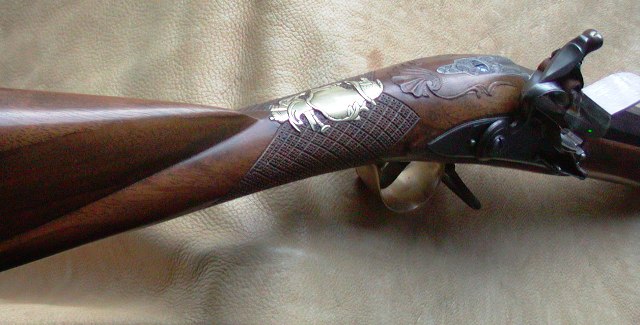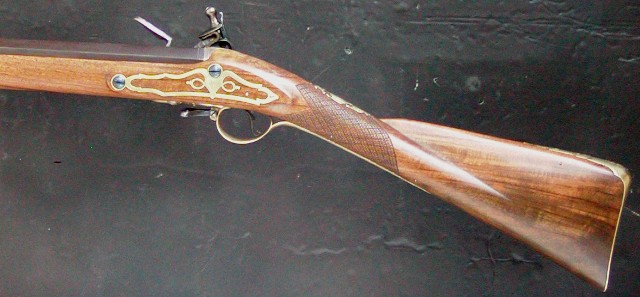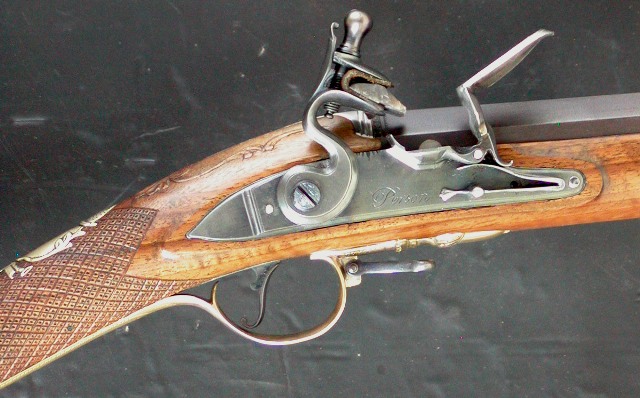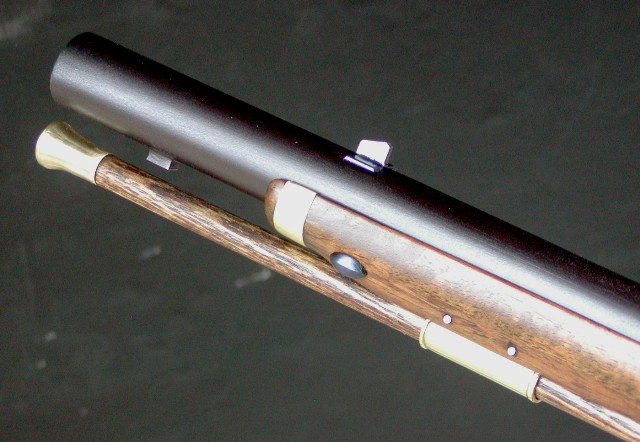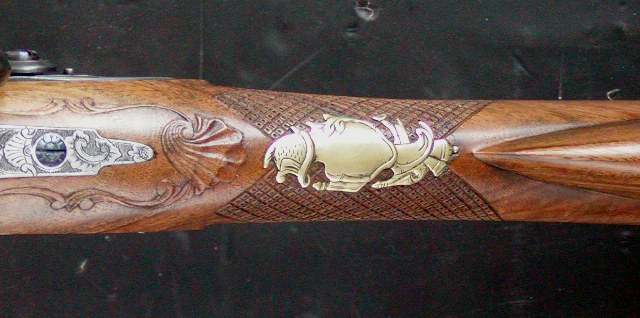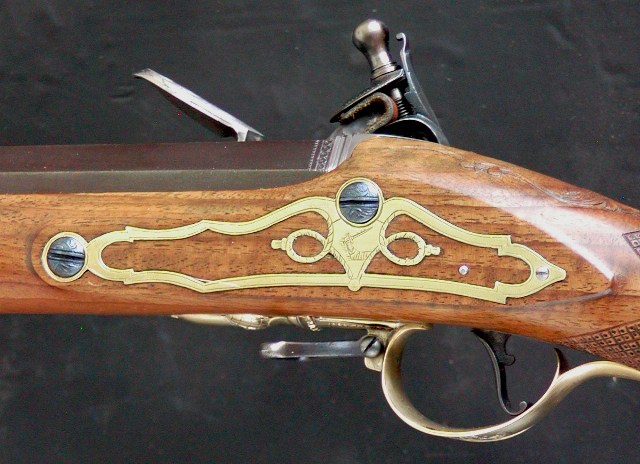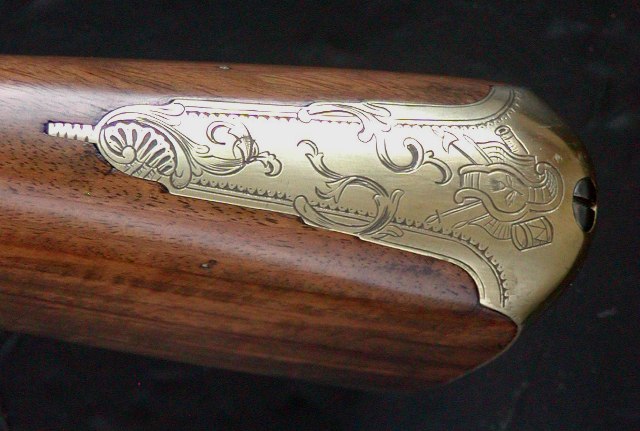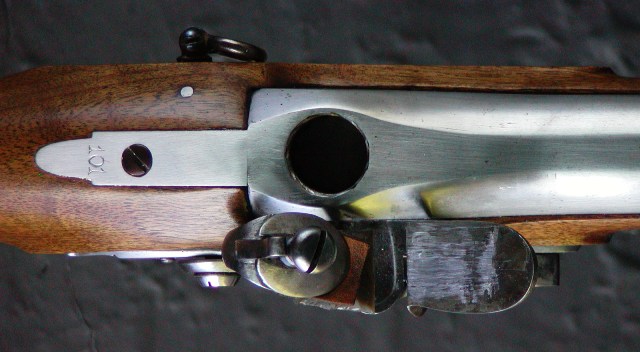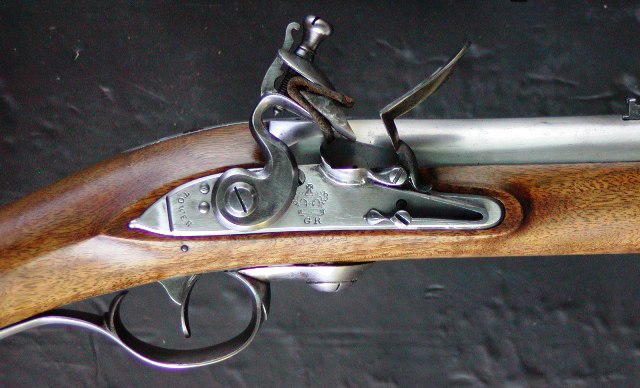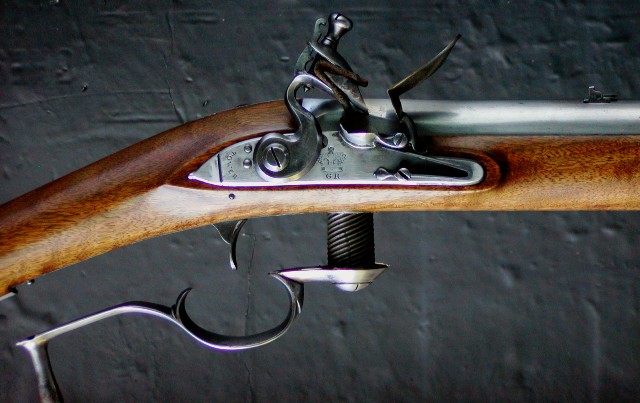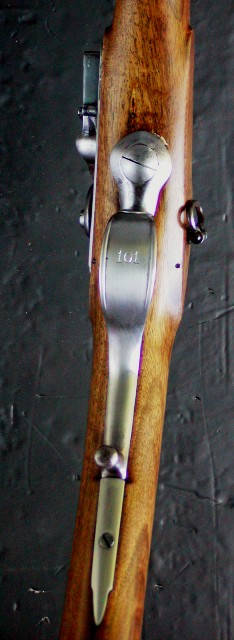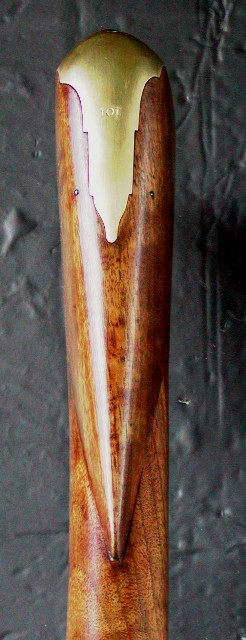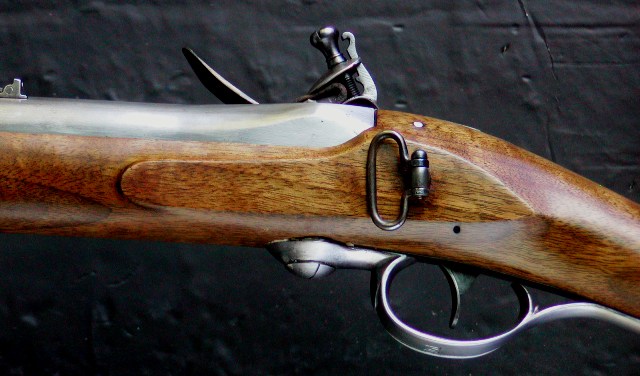LeftHandGuy
36 Cl.
Hi all, hoping to start a discussion - perhaps even a couple of well mannered arguments - to help me make a decision and start planning for what will be (for me at least) the significant purchase of a custom built rifle.
Basically I want a high quality flintlock rifle whose primary use will be the PA flintlock deer season, but that gives a significant nod to my own history as a Brit in general, and my connection to the British Army in particular.
I already know that I want a Rifle Shoppe kit, and am narrowed to their Pattern 1776 like this one or their (historically questionable) left-handed Baker like this one. Left handed is important because I'm blind in my right eye. The side the lock is on I don't think matters so much, but the cheek piece and (possible) cast of the Baker stock does.
I'd be interested in hearing from anybody who has built or had built for them, either of these kits - especially if you've hunted with it - but really anything at all is valued!
I'd also be grateful for any suggestions for gun builders to use - especially any close to NE PA who I might be able to actually meet in person.
I've been delaying writing this post for a while now, so I'll just let this go now and see what responses I get!
Thanks all, Guy
Basically I want a high quality flintlock rifle whose primary use will be the PA flintlock deer season, but that gives a significant nod to my own history as a Brit in general, and my connection to the British Army in particular.
I already know that I want a Rifle Shoppe kit, and am narrowed to their Pattern 1776 like this one or their (historically questionable) left-handed Baker like this one. Left handed is important because I'm blind in my right eye. The side the lock is on I don't think matters so much, but the cheek piece and (possible) cast of the Baker stock does.
I'd be interested in hearing from anybody who has built or had built for them, either of these kits - especially if you've hunted with it - but really anything at all is valued!
I'd also be grateful for any suggestions for gun builders to use - especially any close to NE PA who I might be able to actually meet in person.
I've been delaying writing this post for a while now, so I'll just let this go now and see what responses I get!
Thanks all, Guy







